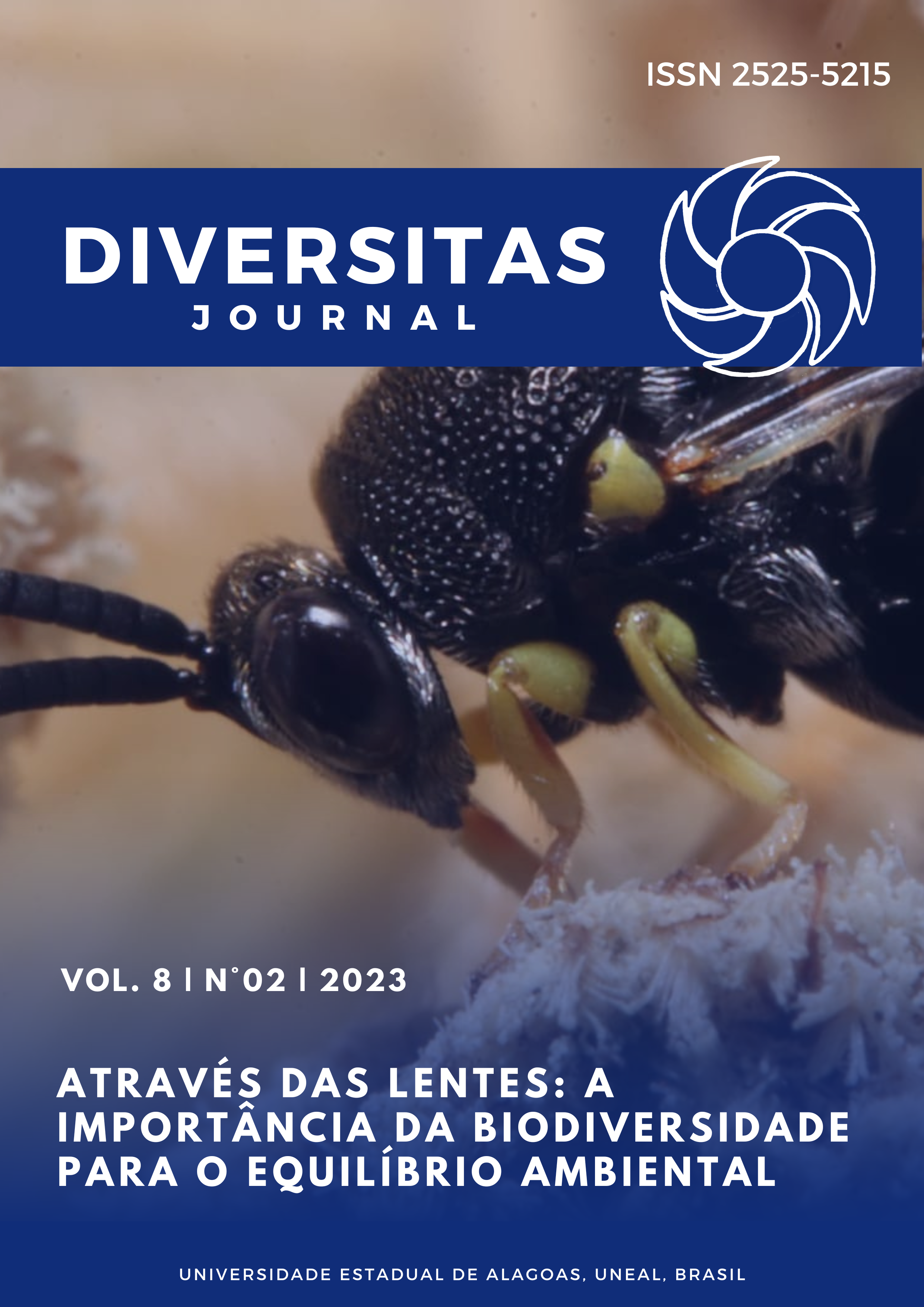Applied technologies to prolong drug release: an integrative review
DOI:
https://doi.org/10.48017/dj.v8i2.2429Keywords:
System drugs delivery; Delivery of drugs; Drug matrix systems; Osmotic pump drugs; Drug reservoir systemAbstract
Extended-release systems have several advantages, such as greater availability of the drug in the bloodstream and fewer side effects, being properly applied to drugs that have a short biological half-life, requiring a "medium" for the drug to remain for a period of time. extended, reaching its destination. The objective of this study was to show three technologies currently used in order to prolong the release/action of the drug. An integrative review was carried out, collecting articles from the following databases: VHL, Google academic, Scielo and Pubmed, published in the last 10 years. Thus, the importance of these systems and their applicability was demonstrated, including the benefits for the patient, when using a drug with an extended effect, since it is usually necessary to ingest several doses, so that the therapeutic effect is obtained. It is concluded that the implementation of these systems has satisfactory performance against drugs that do not use these technologies, favoring the patient with a better therapeutic effect, due to easier adherence.
Metrics
References
Ailincai, Daniela, et al. “Theoretical Model for the Diclofenac Release from PEGylatedChitosan Hydrogels.” Drug Delivery, vol. 28, no. 1, 1 Jan. 2021, pp. 261–271, 10.1080/10717544.2021.1876181.
Bliden, Kevin P, et al. “Drug Delivery and Therapeutic Impact of Extended-Release Acetylsalicylic Acid.” Future Cardiology, vol. 12, no. 1, Jan. 2016, pp. 45–58, 10.2217/fca.15.60.
Costa Neves, Mirele, et al. “Desenvolvimento de nano e micropartículas de acetato de celulose para sistemas de liberação controlada de anti-inflamatórios não esteróides.” Colloquium exactarum, vol. 9, no. 4, 12 Oct. 2017, pp. 15–24, 10.5747/ce.2017.v09.n4.e211.
Dasankoppa, FatimaSanjeri, et al. “Formulation and Evaluation of Controlled Porosity Osmotic Pump for Oral Delivery of Ketorolac.” Journal of Basic and Clinical Pharmacy, vol. 4, no. 1, 2013, p. 2, 10.4103/0976-0105.109398.
Editora, Atena, et al. A Produção Do Conhecimento Na Engenharia Biomédica. 2019. Fernandes, I, et al. Híbridos de Quitosana/Argila Para Encapsulamento E Liberação Controlada Do Fármaco Dexametasona. 2019.
Ferreira, Marcos, et al. “Avaliação do perfil de liberação do fármaco ibuprofeno em membranas simétricas e assimétricas de acetato de celulose: efeito da morfologia.” Química Nova, vol. 42, no. 8, 823-830, 2019, 10.21577/0100-4042.20170409.
Koutsamanis, Ioannis, et al. “Controlled-Release from High-Loaded Reservoir-Type Systems—a Case Study of Ethylene-Vinyl Acetate and Progesterone.” Pharmaceutics, vol. 12, no. 2, 28 Jan. 2020, p. 103, 10.3390/pharmaceutics12020103.
KOVALCZUK, Dissertação, and Mestrado Toledo. Universidade tecnológica federal do paraná programa de pós-graduação em processos químicos e biotecnológicos érica rosane kovalczuk Desenvolvimento tecnológico de polímeros naturais aplicados à industria farmacêutica. 2017.
Macedo, Katharina. Sistemas poliméricos aplicados em liberação controlada de princípios ativos. 2020.
Messias, Diego. Universidade estadual do oeste do paraná centro de engenharias eciências exatas programa de pós-graduação em química Produção de filmes de ecovio®/quitosana/poli (óxido de etileno) por eletrofiação para liberação de ibuprofeno. 2021.
OLIVEIRA, E. G. DE et al. Avaliação da Goma Guar no desenvolvimento de comprimidos matriciais de liberação controlada de teofilina. Polímeros, v. 25, n. spe, p. 54–58, 4 dez. 2015.
Placha, Daniela, and Josef Jampilek. “Chronic Inflammatory Diseases, Anti-Inflammatory Agents and Their Delivery Nanosystems.” Pharmaceutics, vo l. 13, no. 1, 6 Jan. 2021, p. 64, 10.3390/pharmaceutics13010064.
SANTOS, THAMYRES. DISSERTAÇÃO Desenvolvimento de Sistemas Matriciais de Liberação Modificada a Partir de Dispersões Sólidas de Ibuprofeno. 2018.
Singh, Kashmir, et al. “osmotic pump drug delivery system: a noval approach.” Journal of Drug Delivery and Therapeutics, vol. 3, no. 5, 15 Sept. 2013, 10.22270/jddt.v3i5.636.
Yu, Hongli, et al. “Cell-Mediated Targeting Drugs Delivery Systems.” Drug Delivery, vol. 27, no. 1, 1 Jan. 2020, pp. 1425–1437, 10.1080/10717544.2020.1831103.
Downloads
Published
How to Cite
Issue
Section
License
Copyright (c) 2023 Ana Melo, Danilo Fontes

This work is licensed under a Creative Commons Attribution 4.0 International License.
The Diversitas Journal expresses that the articles are the sole responsibility of the Authors, who are familiar with Brazilian and international legislation.
Articles are peer-reviewed and care should be taken to warn of the possible incidence of plagiarism. However, plagiarism is an indisputable action by the authors.
The violation of copyright is a crime, provided for in article 184 of the Brazilian Penal Code: “Art. 184 Violating copyright and related rights: Penalty - detention, from 3 (three) months to 1 (one) year, or fine. § 1 If the violation consists of total or partial reproduction, for the purpose of direct or indirect profit, by any means or process, of intellectual work, interpretation, performance or phonogram, without the express authorization of the author, the performer, the producer , as the case may be, or whoever represents them: Penalty - imprisonment, from 2 (two) to 4 (four) years, and a fine. ”


















